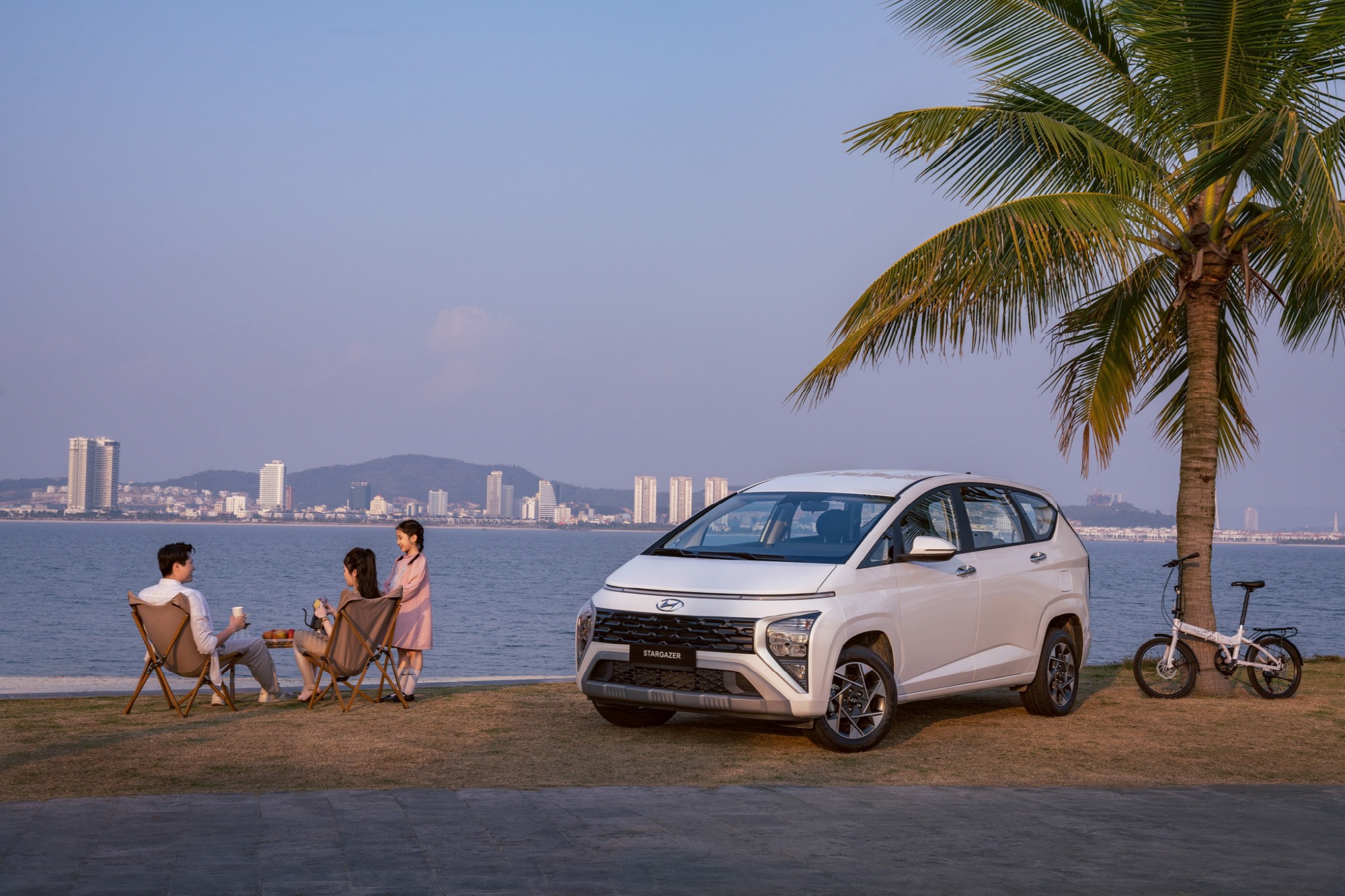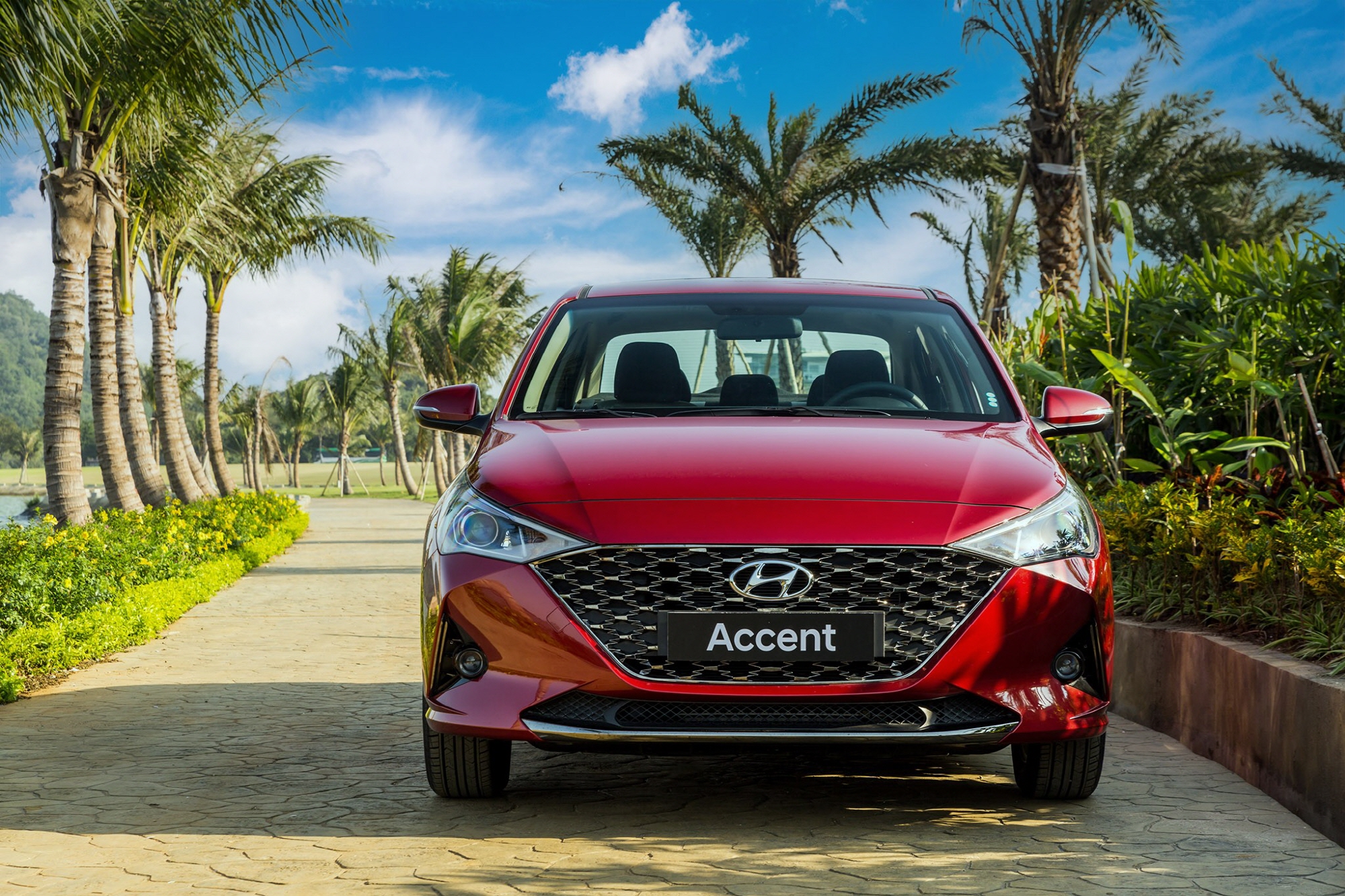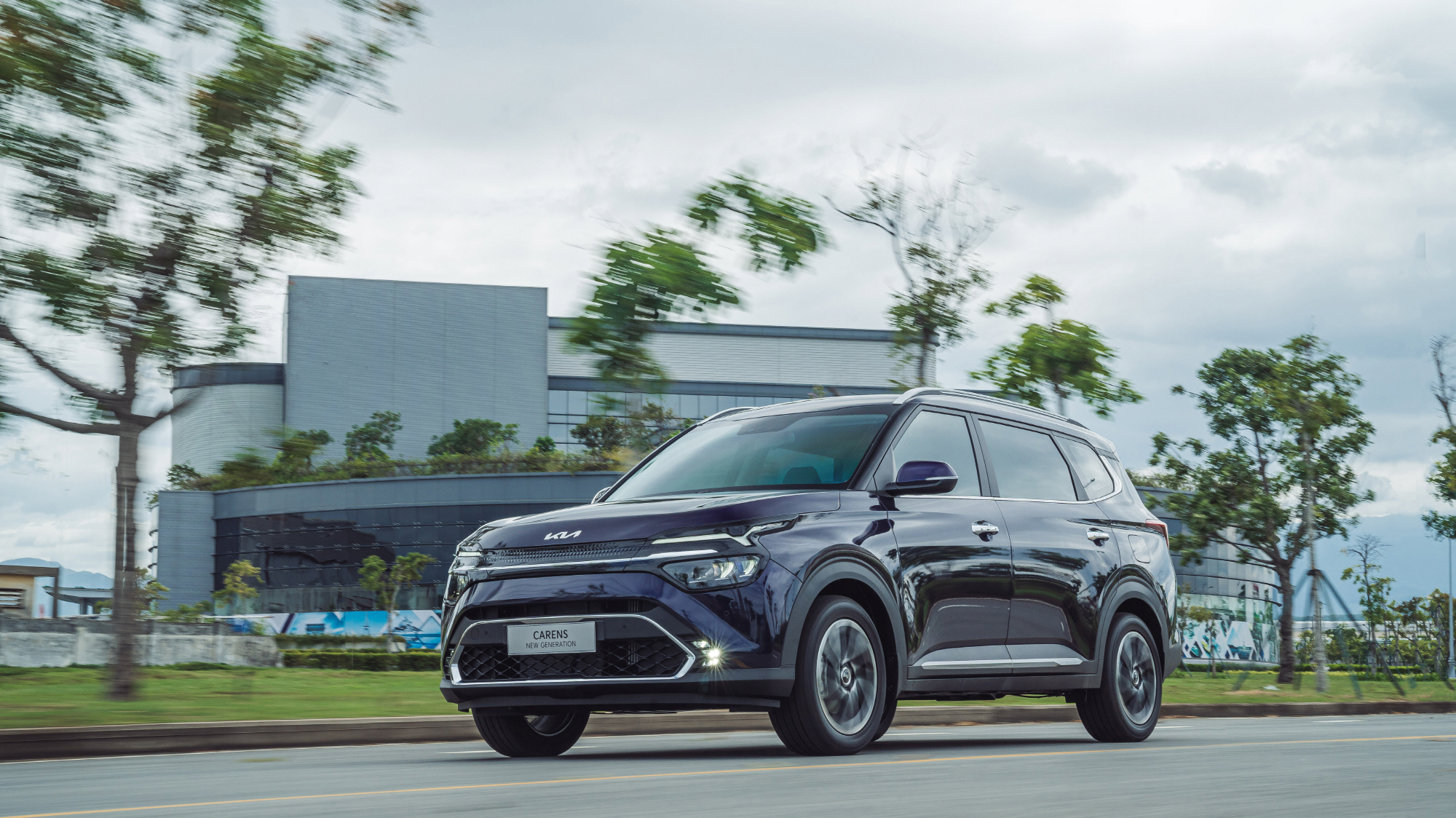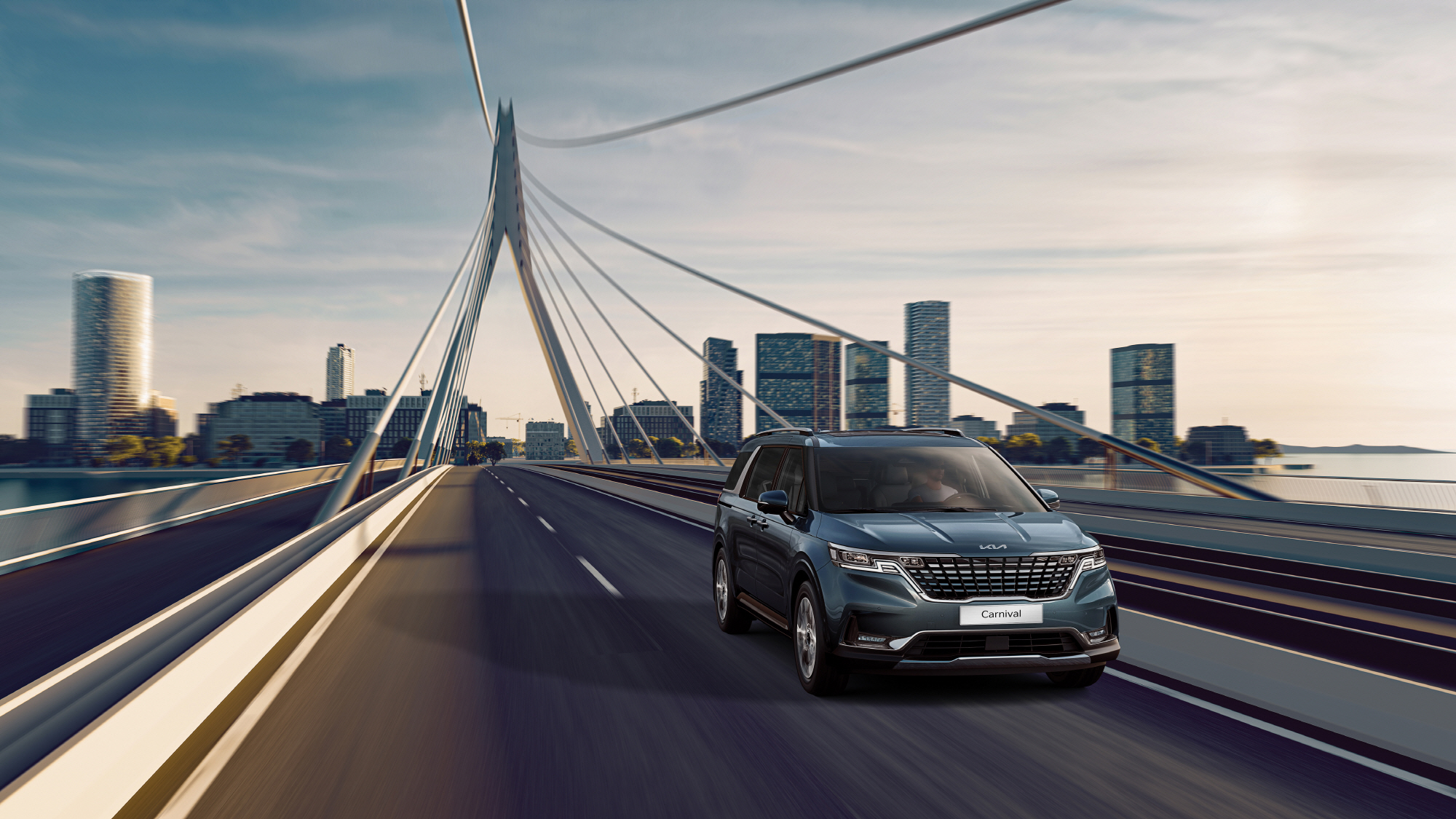
Hyundai and Kia are making significant strides to maintain their top sales positions in the rapidly emerging Vietnamese automotive market. Vietnam is the fourth-largest automobile producer and seller in Southeast Asia, following Thailand, Indonesia, and Malaysia, and it is a market with increasing demand as the economy grows.
This year, Hyundai and Kia plan to target the Vietnamese market effectively by launching new models and leveraging a competitive product lineup to meet the rising demand.
Hyundai established a production joint venture called ‘HTMV (Hyundai Thanh Cong Vietnam auto Manufacturing corporation)’ with the Thanh Cong Group in Vietnam’s Ninh Binh province in 2017, producing the Grand i10, Avante, Tucson, and Santa Fe.
The sales of vehicles produced at HTMV have rapidly increased, with figures of 15,570 units in 2017, 58,111 units in 2018, and 74,973 units in 2019. (Source: IR site, factory sales basis)
As a result, Hyundai became the leading seller in Vietnam, surpassing Toyota, which sold 79,328 units in 2019, just two years after HTMV’s launch, with 79,568 units sold.
In 2020 and 2021, Hyundai sold 81,368 units and 70,518 units, respectively, achieving the remarkable feat of being the top seller in the Vietnamese market for three consecutive years.
This accomplishment holds significant meaning as it bested Toyota, the world’s largest automotive sales company, in a market traditionally known for Japanese vehicles.

Following this, Hyundai has intensified its efforts to penetrate the Vietnamese market by establishing a sales joint venture (HTV, Hyundai Thanh Cong Vietnam Auto Joint Venture Stock Company) in 2021 and completing the construction of the second HTMV factory in 2022.
Kia began its CKD (Completely Knocked Down) operations in Vietnam with THACO (Truong Hai Auto Corporation) in 2004.
With a focus on local production of key models, timely introduction of new vehicles, and enhancing marketing strategies, Kia sold 28,986 units in 2018 and 30,103 units in 2019.
In 2020, despite a drastic decline in overall demand due to COVID-19, where most companies including Toyota, Mazda, Mitsubishi, and Ford saw their sales drop, Kia demonstrated resilience by increasing sales by 30.2% to 39,180 units.
In 2022, Kia surpassed 60,000 units in annual sales for the first time since entering Vietnam, solidifying its position in the market.
As of May this year, Hyundai had sold 22,903 units, outpacing Toyota’s 21,547 units, marking Hyundai as the cumulative sales leader, while Kia recorded sales of 13,951 units.
Hyundai and Kia plan to continue their efforts to expand their market share through increased production capacity and diversification of the vehicle lineup in the second half of the year, aiming for meaningful results in Vietnam’s automotive market.
Hyundai and Kia are focused on sales expansion in the Vietnamese market based on solid quality competitiveness and excellent product performance, with Hyundai particularly aiming to reclaim its No. 1 position.
Hyundai will focus on promotional activities for locally sold models such as the Accent, Creta, and Santa Fe while also introducing new SUV and MPV models. Additionally, they plan to commence local production of their dedicated electric vehicle, the Ioniq 5, from July, targeting the Vietnamese EV market.
As the second factory started full operation in September last year, an increase in local production scale is anticipated, allowing Hyundai to enhance its competitiveness in sales through price competitiveness derived from local production.
The production joint venture HTMV plans to add four more models, including the Ioniq 5, Venue, and Palisade, in the second half of this year, totaling 12 models produced and sold locally.

Kia also plans to actively promote and market its locally sold models such as the Sonet, Carnival, Sportage, and K3.
According to the Vietnam Automobile Manufacturers Association (VAMA), a total of 404,635 vehicles were sold in Vietnam in 2022, marking a robust 33.0% increase compared to the previous year. This figure surpassed the previous record of 321,811 units in 2019.
Of these sales, passenger cars accounted for 316,941 units, representing 78% of total sales. This is an increase compared to 214,385 units in 2021, reflecting a rebound in demand due to the easing of the COVID-19 pandemic and a recovering economy, primarily driven by passenger vehicles.
Hyundai sold 81,582 units in 2022, marking a 15.7% increase from the previous year, claiming second place in annual sales after Toyota, while Kia ranked third with 60,729 units sold, reflecting a 33.4% increase.
Among Hyundai’s sales, the Accent sold 22,645 units, ranking second overall, followed by the Creta (12,096 units) and Santa Fe (10,603 units). Kia’s Seltos sold 12,398 units, the K3 11,404 units, and the Sonet 9,446 units.
Hyundai has strategically targeted the Vietnamese automotive market through the introduction of models tailored for local consumers, optimizing local marketing and CSR activities.
The Accent has emerged as a solid-selling model in the subcompact segment, maintaining consistent sales since it was first introduced in the Vietnamese market in 2018. In July, it marked the production of its 85,000th unit four years after commencing local production.
The automotive sales in Vietnam for 2023 show signs of stagnation. According to VAMA, while the sales volume for 2023 was projected to reach around 420,000 units, actual sales have been declining.
During the first five months of this year, sales totaled 113,527 units, a decrease of 35.7% compared to 176,680 units during the same period last year. Factors such as inflation, economic downturn, and rising interest rates are impacting sales, with rising automotive loan rates particularly making consumers hesitant about purchasing vehicles.
In response, industry stakeholders, led by VAMA, have been requesting the government to reduce registration taxes by 50% for vehicles produced in Vietnam to boost demand.
The Vietnamese government has approved a 50% reduction in registration tax to address the decline in automotive demand, which will take effect from July 1, 2023, to the end of December. Manufacturers are expected to launch various promotions in line with this tax reduction, intensifying competition.
This year, the Vietnamese automotive market is expected to see a focus on passenger vehicle sales, with continued investments and entries from companies in the market.
The BMW Group announced last December that it would collaborate with the Vietnamese automobile manufacturer TACO to locally produce BMW vehicles, expanding its footprint in Vietnam.
Previously, in July 2021, Ford announced an increased investment in its assembly plant located in Hai Duong, boosting its annual production capacity from 14,000 units to 40,000 units.
Recently, KG Mobility signed a local assembly and sales contract with Kim Long Motors in Vietnam, planning to start the local sale of vehicles such as the Tivoli starting in 2024.
Hyundai also completed the construction of the second production joint venture factory HTMV in Ninh Binh in November 2022, enhancing its annual production capacity to 107,000 units in Vietnam.
The expansion of the electric vehicle market is also anticipated. Vietnam, led by VAMA, aims for a 100% transition to electric vehicles by 2050. According to the registration office, as of 2020, electric vehicle registrations in Vietnam were only at 0.2%. To promote electric vehicles, the government has been implementing measures such as exemption from registration fees and reduction of special consumption taxes since March 2022.
VinFast, a homegrown Vietnamese brand, has halted production of internal combustion engine vehicles since August 2022 and is focusing on electric vehicle production with substantial government support. VinFast has launched five electric vehicle models, including the VF5, VF6, VF7, VF8, and VF9, and plans to introduce the VF3, a small electric vehicle, in the third quarter.
Brands such as Porsche, Audi, and Mercedes-Benz are also planning to sell electric vehicles in the Vietnamese market, with Volvo expected to launch its C40 and XC40 electric models in Vietnam this year.
The Vietnamese automotive market is projected to exceed annual sales of 500,000 units by 2025, fueled by ongoing economic growth and rising income levels among consumers.
Meanwhile, the Vietnamese government has announced plans to achieve carbon neutrality, proposing to replace all vehicles in Vietnam with electric or environmentally friendly energy vehicles by 2050.
Hyundai and Kia intend to continue their efforts to enhance brand value and improve sales in the promising Vietnamese automotive market.

Lee Sang-jin daedusj@autodiary.kr

